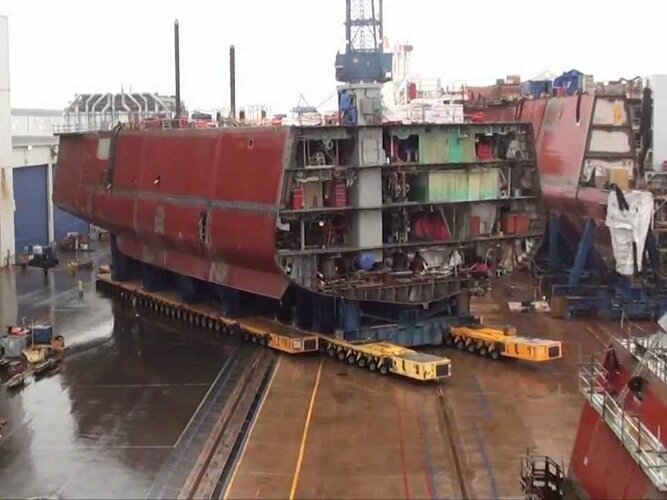- Joined
- 13 August 2007
- Messages
- 8,440
- Reaction score
- 10,975
nice touch, as Superheavy and Starship were standing together
over Intercoms on site play a nice song
View: https://www.youtube.com/watch?v=-t3oWeyze5E
here better in sound
View: https://www.youtube.com/watch?v=Eg-EsYtpVoo
over Intercoms on site play a nice song
here better in sound







